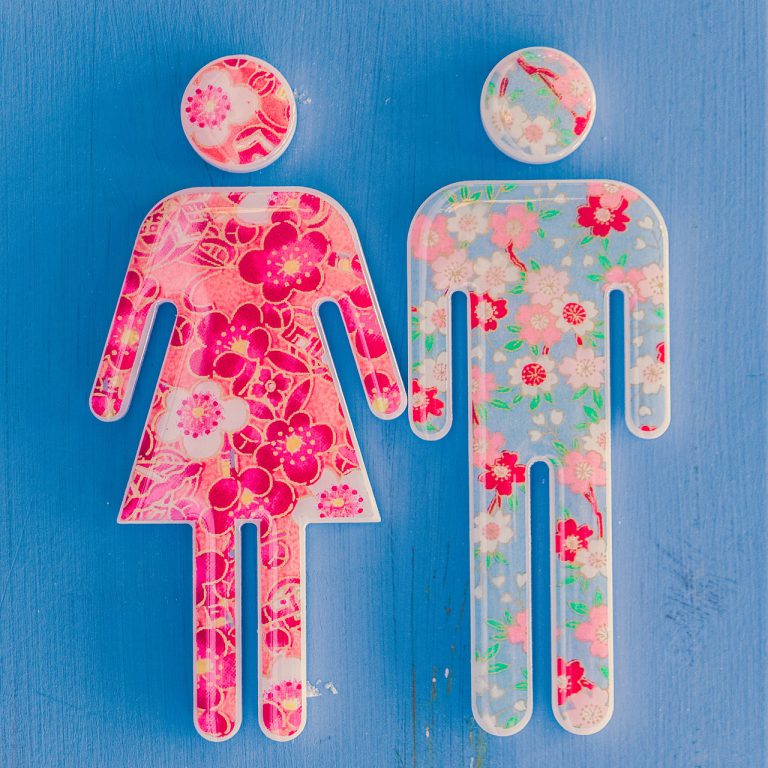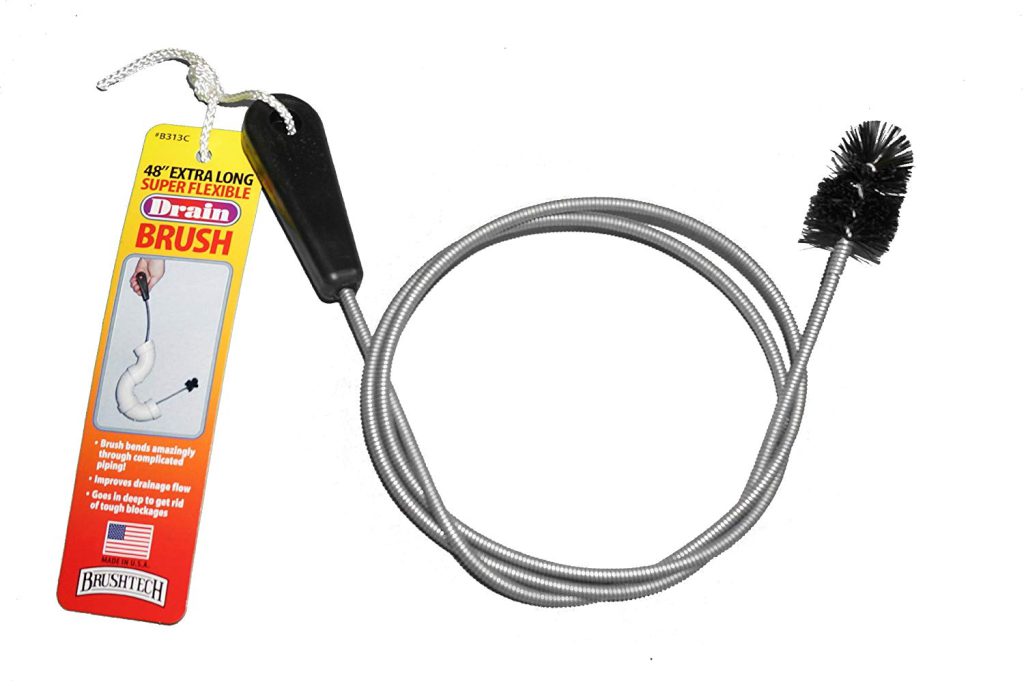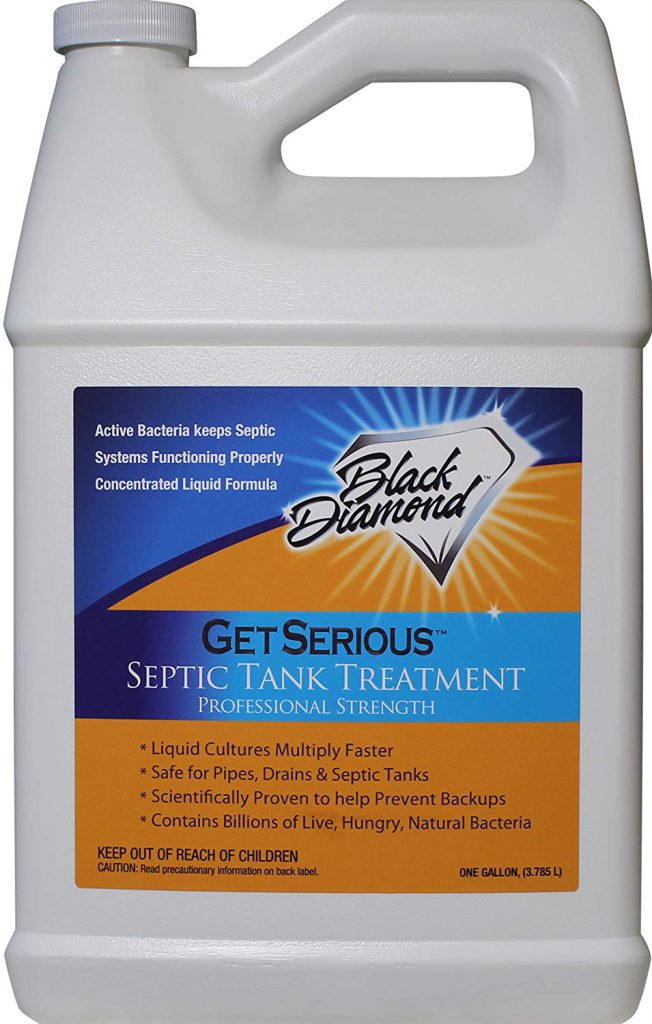
 Having your very own private bathroom on the road is one of the best parts of traveling in a motorhome or camper. After all, who wants to rely on public bathrooms for the entirety of their vacation?
Having your very own private bathroom on the road is one of the best parts of traveling in a motorhome or camper. After all, who wants to rely on public bathrooms for the entirety of their vacation?
Of course, just like your bathroom at home, from time to time, things in your RV’s plumbing system can go awry — and having the right plumbing tools on hand can help you minimize both the mess and the repair bill.
Now, we’re not talking about reworking your RV’s pipes from the ground up or anything too scary. But if you aren’t afraid of a little bit of a mess and you’re hoping to avoid paying an unnecessary repair bill for an everyday problem, here’s what you need to know about the plumbing tools that can help make it happen.
RV Plumbing: The Basics
Before we dive into the nitty-gritty on different RV plumbing tools and which ones you want to make sure you have on hand, let’s take a quick overview of how RV plumbing works in the first place. After all, your motorhome or travel trailer may have the same fixtures as the ones in your bathroom at home, but the way they’re routed is quite different!
Part of the appeal of traveling by RV is the opportunity to get off the grid and go boondocking… or just to be able to take a quick bathroom break on the road without having to step foot inside a dirty gas station bathroom. And in order for those features to work, your rig needs to have a self-contained plumbing system, one that will supply its own fresh water (and hold its own wastewater) until you get to a place with a sewer dump and city water hookup.
So when you run your sink or shower or flush your RV toilet, that fresh water is being fed up from a special holding tank — and the waste water is being squirreled away in similar (but, thankfully, separate) tanks underneath your RV floor. The freshwater tank is self-explanatory, but the wastewater tanks are separated into two different categories: gray water and black water. Gray water is the relatively clean waste that flows down your sink and shower drains, whereas black water is… well, you know.
Your RV’s water tanks make it possible to enjoy an off-grid adventure without having to worry about what will happen when you need to, you know, go. But those tanks do have a finite capacity, and eventually, you will need to empty them, which is why using water-saving tactics like taking short showers (or, you know, skipping them altogether) is an important way for boondockers to extend their trips. Plus, it’s good for Mother Earth!
You can keep track of how full your RV’s holding tanks are by checking the onboard sensors, which offer toggle-able displays somewhere in your RV’s control panel areal. It’s also important to clean those sensors from time to time to ensure their accuracy — here’s how to do so.
RV plumbing systems aren’t as complicated as they may seem at first, and we’ve got a whole post written up going into detail on how exactly they work. Click here to read even more about your RV’s plumbing system, including its various parts and fittings!
Drain Snakes and More
Alright, let’s get down to brass tacks. What are the tools you need on board to handle plumbing situations with as little stress and mess as possible?
Well, just like at home, clogs happen, whether in your shower drain or toilet. Having a drain unclogger tool is a good way to avoid having to call the plumber for every little mishap — especially when they’d likely use the exact same thing to clear the clog themselves, charging you an exponential fee for the service. It’s tempting to turn to a chemical de-clogger, like Draino, but these products rarely work in the long term — and when you’re traveling in an RV, they even have the potential to damage your rig’s sensitive systems.
Skip putting money in the repairman’s hand and tackle the trouble yourself with a plumbing snake!

When you’re dealing with a motorhome or travel trailer, you’re going to want a flexible pipe snake, not the rigid plumbing tools or electric drain snakes that might be used on traditional sewer systems in a home. These types of snakes will bend and curve to accommodate your RV’s open tank system, and are less likely to damage the sensitive plumbing equipment.
How to Use Drain Snakes and Toilet Augers
Although you might also use a drain snake to clear your shower drain of a hair clog, one of the most common (and frustrating) RV plumbing problems has to do with your RV toilet. You’ll know pretty quickly when things aren’t, um, flowing properly, as the issue can quickly cause unpleasant odors to accumulate in your RV interior. But if you don’t tackle the issue appropriately, you could end up with an even bigger and smellier mess on your hands. Here’s how to handle it.

First of all, ensure that a clog is actually your problem. Keeping your RV toilet in proper working order is all about day-to-day maintenance, including using the proper toilet chemicals to both neutralize waste odors and help solids start breaking down for an easy draining process. It’s also important to use toilet paper that’s specially formulated for an RV’s more sensitive system. The right stuff is labeled for RV and marine use, and breaks down more quickly than your standard household brands.
If, however, you’re using the right stuff on a regular basis and emptying your tanks when they’re full and you still notice an odor — or if your sensors read “full” but your tank simply won’t drain when you try — it’s time to move on to the next steps. Grab a friend and some clothes you don’t mind getting dirty, and get ready to save some money by taking your RV plumbing conundrum into your own (gloved) hands!
Have your accomplice take a bucket and situate themselves at the outlet drain of your black water holding tank. (Yes, it’s a little gross — but this way, you’ll be able to tell if your tanks are actually draining, which is imperative if you’re dealing with a clog.)
Making sure the valve is open and that the bucket is immediately under the tank drain, you can begin to use the flexible sewer hose from the inside to manually clear the clog. Again, you’ll want to ensure everyone involved is prepared for the mess, and certainly not wearing clothes they care about!
When you feel the clog come free and waste starts to come out of the drain, your helper will want to immediately close the drain valve so he or she can attach the sewer hose and drain the tank as usual. However, if your efforts yield no change, you’ll need to call a professional. The problem may be to do with the valve itself, or another piece, rather than a simple clog.
What is a Pipe Vise, and Why Do You Need One?
If you hang out with plumbers on a regular basis, you may hear them talk about pipe vises and other pieces of serious plumbing equipment. Do you need them to take care of day-to-day issues with your RV?
A pipe vise, in particular, is a machine that holds pipes and tubing in place so they can be cut or threaded. Honestly, you probably don’t need to carry one on board your RV to deal with minor maintenance issues… unless you’re a serious DIYer.
In most cases, repairing RV plumbing issues is as simple as clearing clogs, and a pipe drain snake is the most professional piece of equipment you’ll need. Carry the proper sewer tank chemicals (and, of course, a toilet brush), and you should be ready for your adventures. And don’t forget, if you do need to hire a professional, make sure you take the time to research a trustworthy one! Here are our best tips on finding a reliable RV repair person.
Good luck, campers! As you know, when you’ve gotta go, you’ve gotta go… and keeping things flowing is an important way to ensure that continues to be the case in your travel trailer or motorhome.
This post may contain affiliate links.
